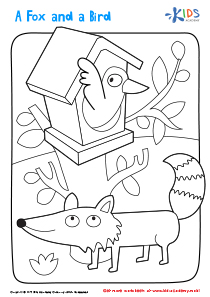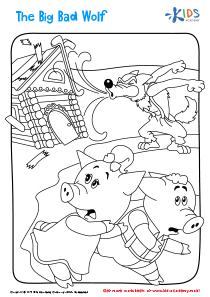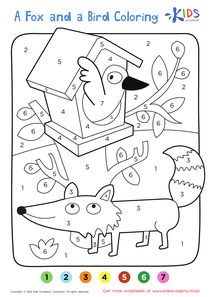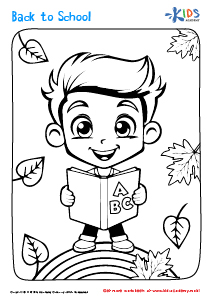Fairy Tale Coloring Pages Worksheets for Ages 5-9
13 filtered results
Difficulty Level
Grade
Age
-
From - To
Subject
Activity
Standards
Favorites
With answer key
Interactive
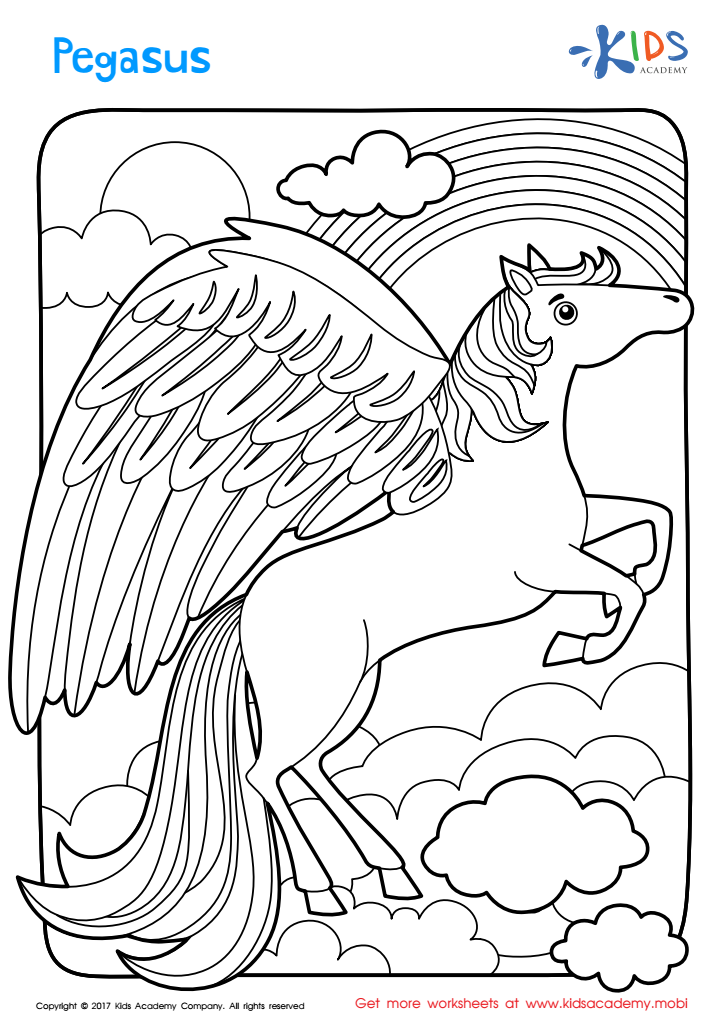

Pegasus Printable
Learn about ancient Greek mythology with your child! Print our Pegasus coloring page to bring the myths to life. Encourage your child to read the stories and let his/her imagination soar. This activity will make the tales of the gods come alive!
Pegasus Printable
Worksheet
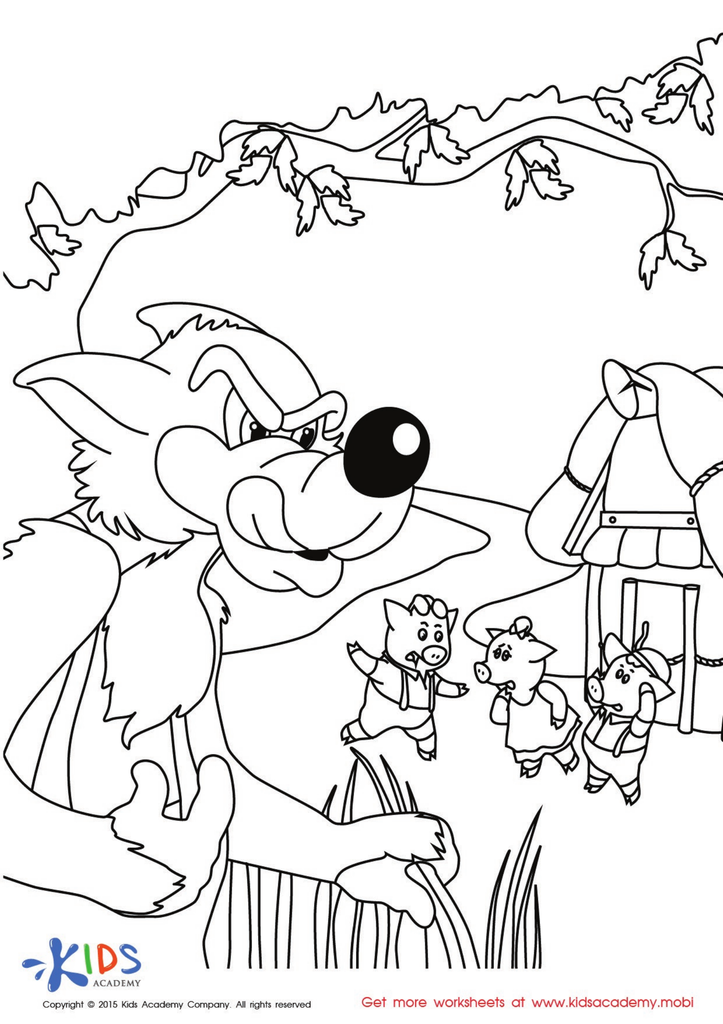

The Story of the Three Little Pigs Coloring Worksheet
The three little pigs play on the grass, enjoying the sun and peace. But a Big Bad Wolf has found them! Ask your child what he looks like? Is he scary? And hungry? Will the little pigs be safe in their houses? Unleash their imaginations with a printable coloring page to make the story of the little pigs come alive.
The Story of the Three Little Pigs Coloring Worksheet
Worksheet
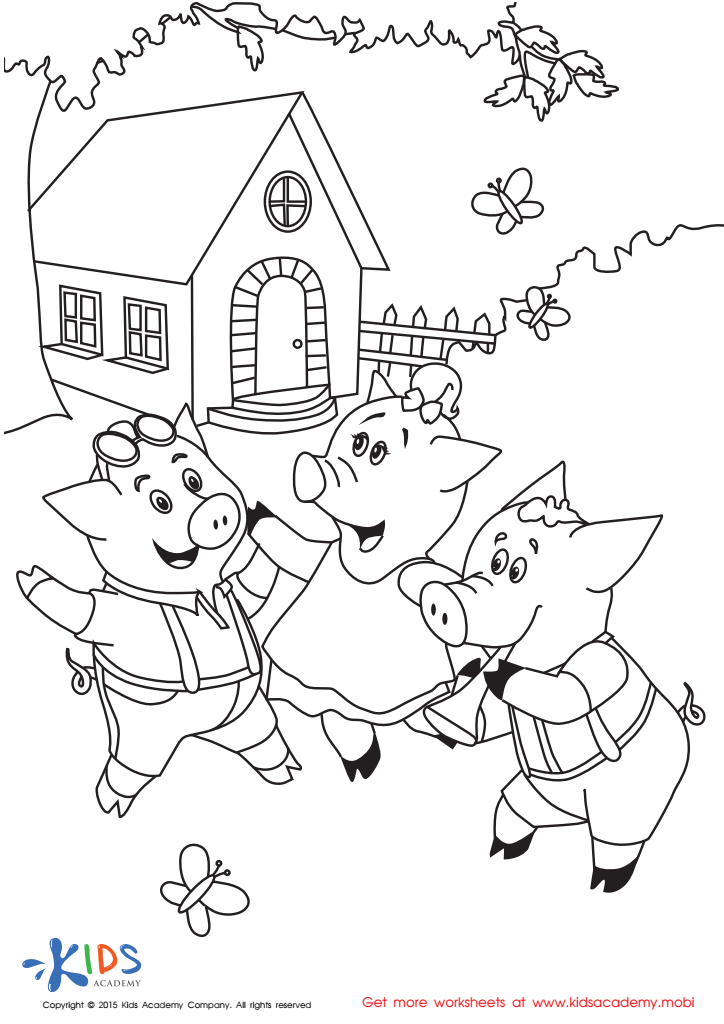

Folktales Printable PDF Worksheet: The 3 Little Pigs
Then, help your child to color the scene with pink piglets, blue sky and green grass. Make the brick house bright and vivid. Enjoy!
Folktales Printable PDF Worksheet: The 3 Little Pigs
Worksheet


The Three Little Pigs Coloring Worksheet
Let your kid bring this simple scene to life with some color! Have them make the grass green, the sky blue and the butterflies joyful. After they finish, why not ask them what will happen next to the two idling pigs and the hardworking one? Check our website for more coloring book pages to collect the full story of the Three Little Pigs.
The Three Little Pigs Coloring Worksheet
Worksheet
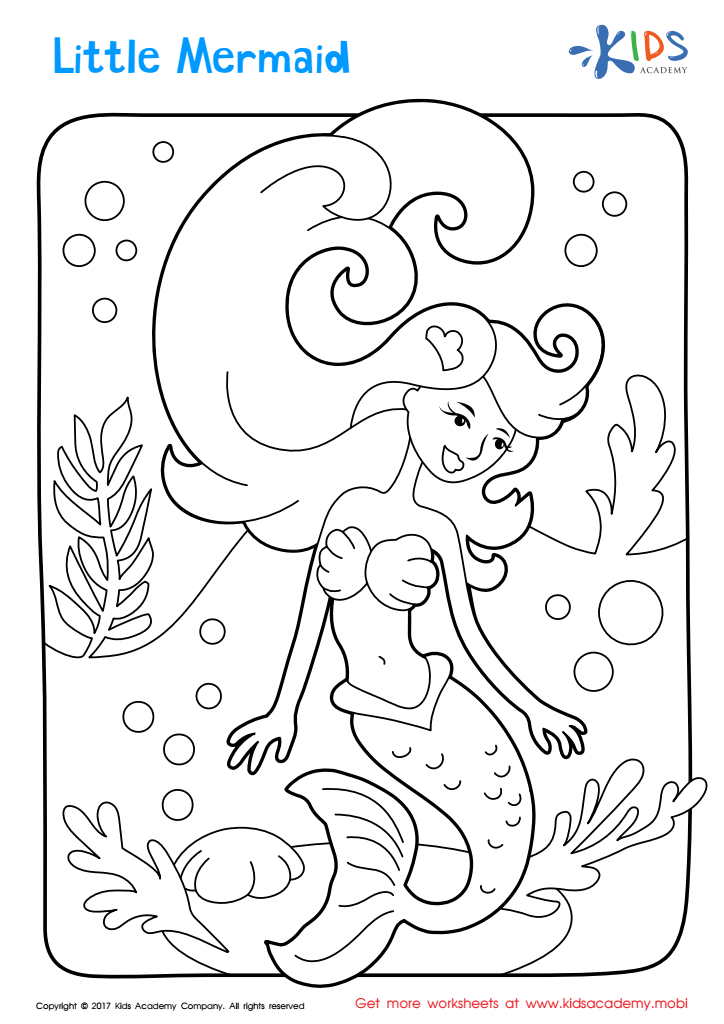

Little Mermaid Coloring Page
Dive into imagination and explore the magical creatures of the sea with this enchanting Little Mermaid printable coloring page! Let your child bring the beautiful mermaid and her ocean home to life with their favorite colors. They'll have a blast!
Little Mermaid Coloring Page
Worksheet
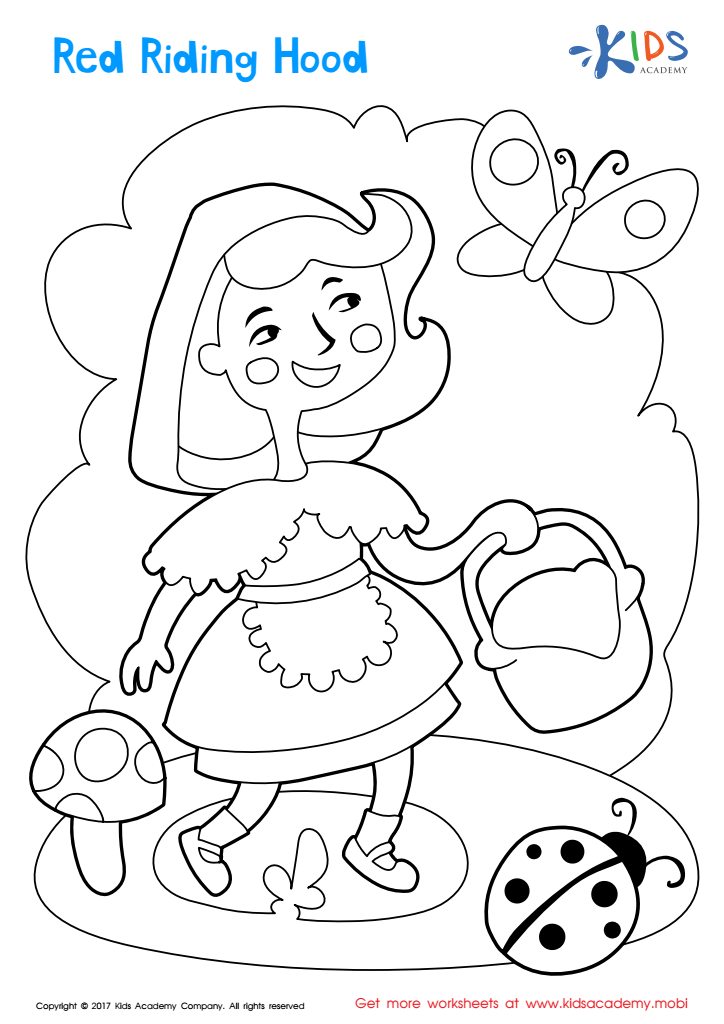

Red Riding Hood Coloring Page
Red Riding Hood awaits in the woods, with a butterfly, mushroom, and ladybug around her. Let your child bring the story to life with this magical printable coloring page. Fairytale fun for all!
Red Riding Hood Coloring Page
Worksheet
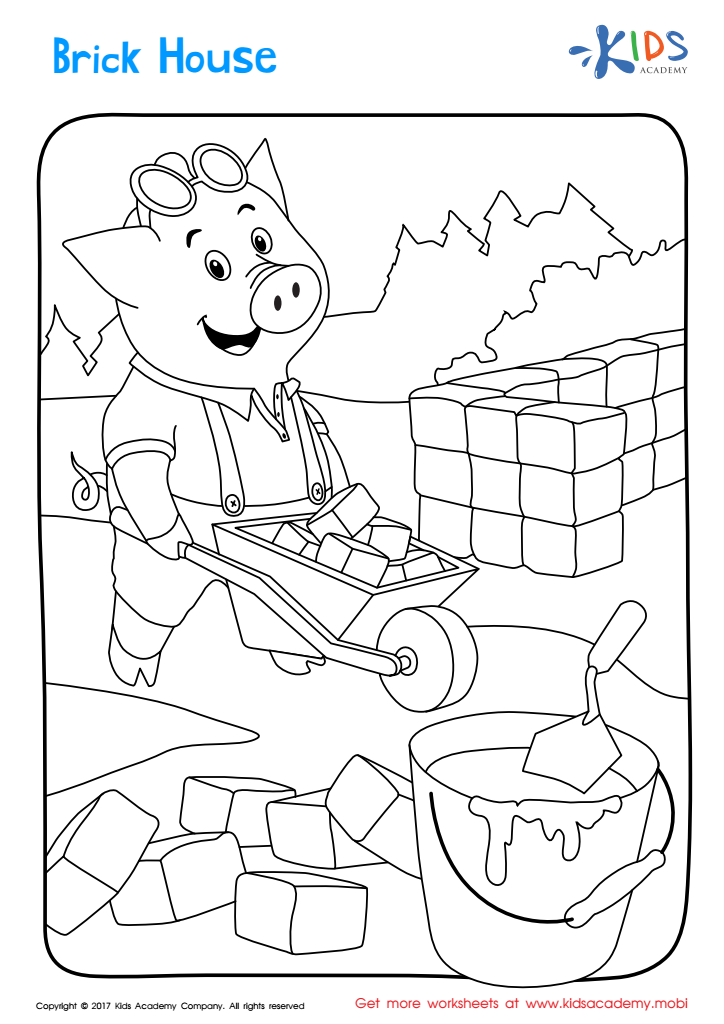

Brick House Printable Coloring Page
Let your child's imagination run wild as they color this delightful brick house from the 3 Little Pigs story! It's a great way to encourage creative expression, build imagination and have fun. Plus, use it as an opportunity to retell the story afterwards!
Brick House Printable Coloring Page
Worksheet
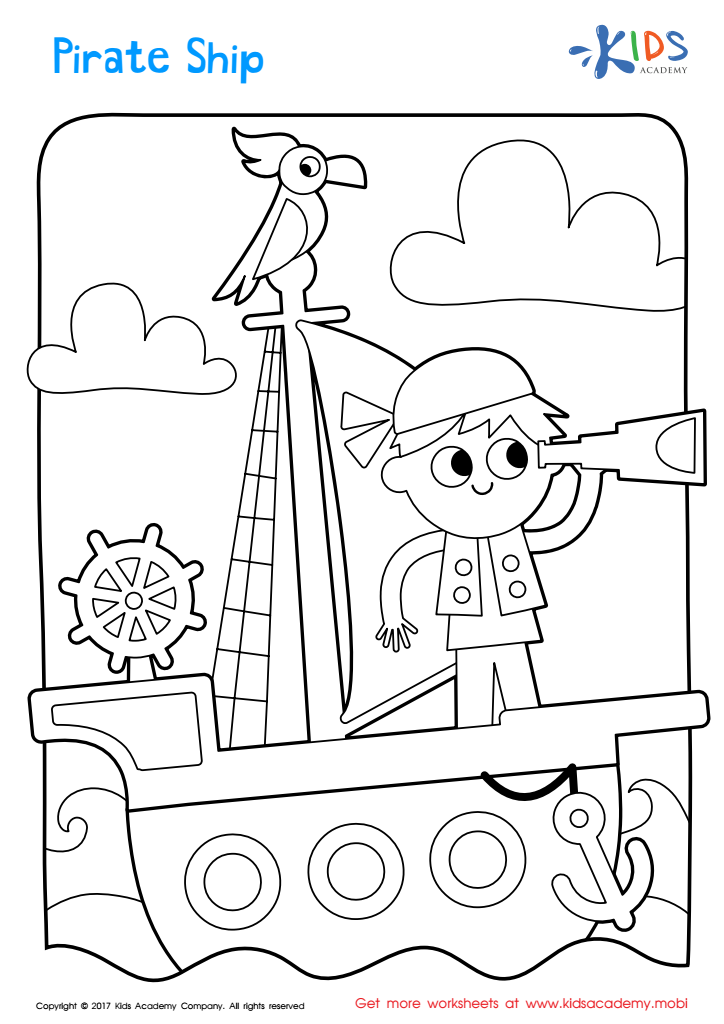

Pirate Ship Coloring Page
All hands on deck: your child can help navigate the sea with Pirate Ship. This printable encourages artistic expression, so get ready to set sail!
Pirate Ship Coloring Page
Worksheet
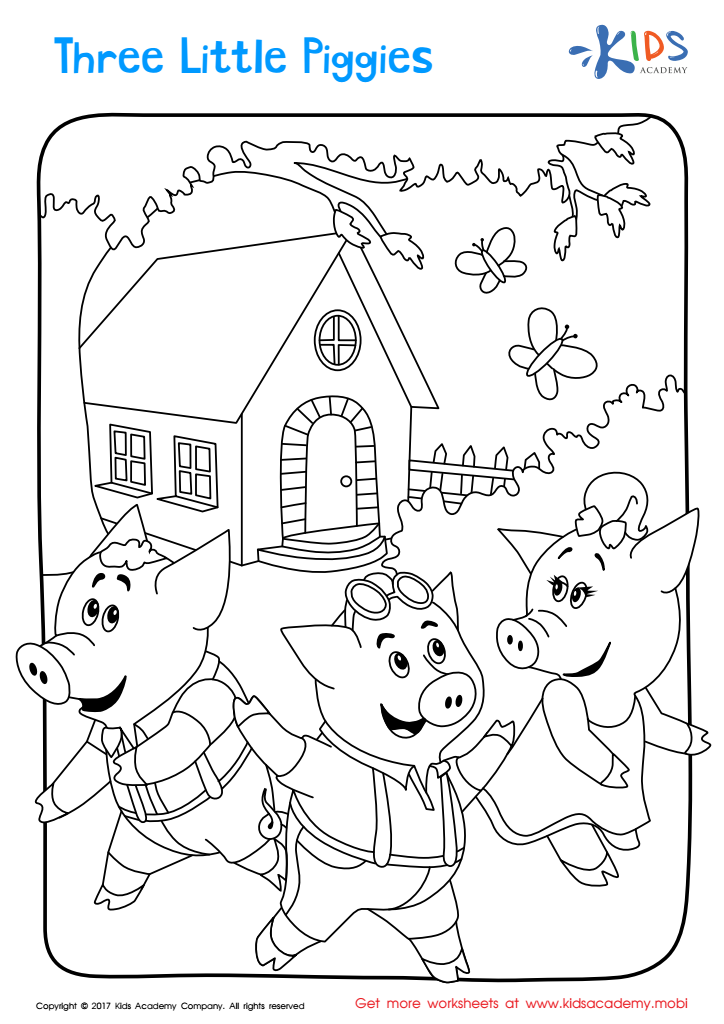

Three Little Piggies Printable Coloring Page
Recall a childhood favorite with your child and color in the Three Little Piggies printable. It's a great way to excite them for reading, as it helps them learn about characters and plot.
Three Little Piggies Printable Coloring Page
Worksheet
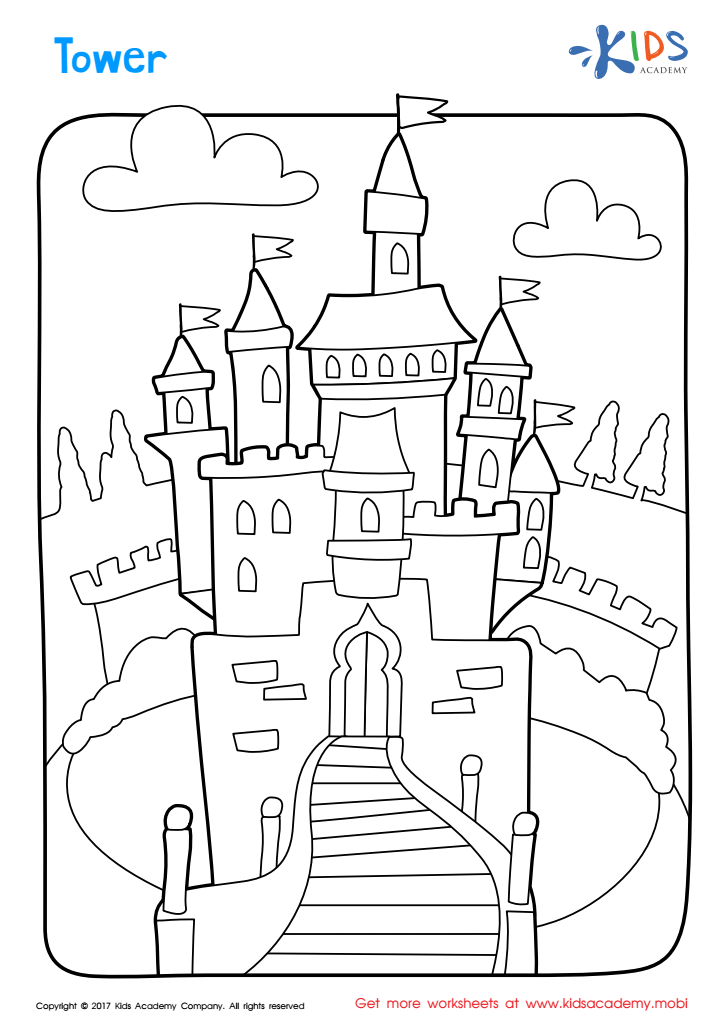

Tower Coloring Page
Bring your child's fairytales to life with this fun printable coloring page: Tower! Have your child pick the perfect colors to transform this magical tower and afterwards, ask them to recall stories that involve castles. Get those imaginations running!
Tower Coloring Page
Worksheet
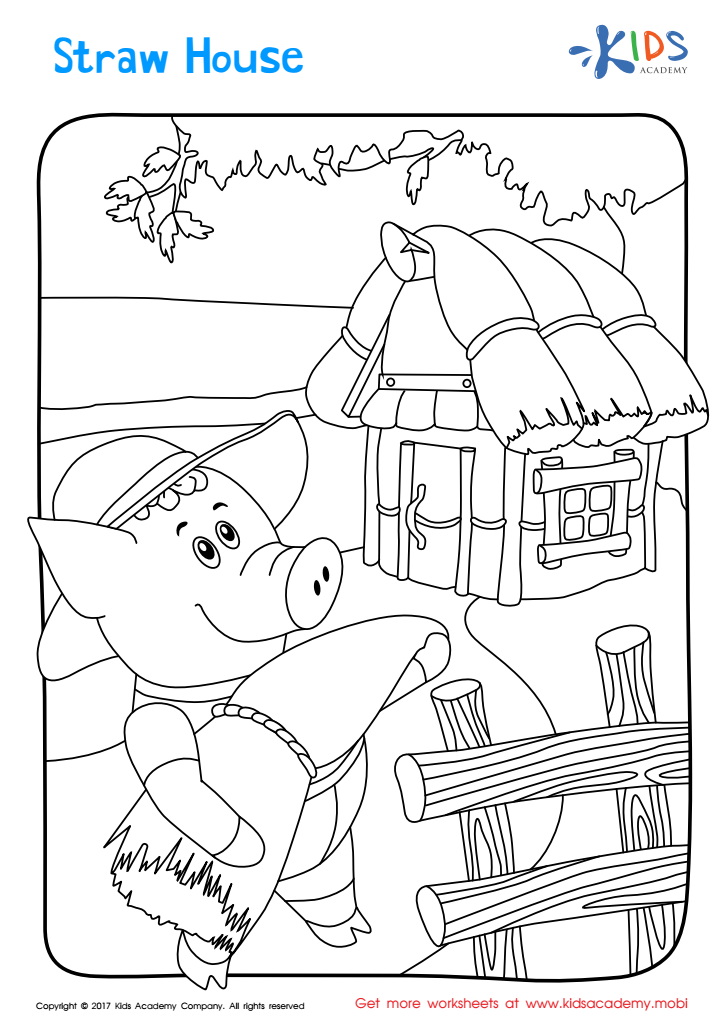

Straw House Printable Coloring Page
As they color, remind them of the Three Little Pigs' fable by having them imagine the scene. Fun and educational—a perfect combination! (80 words)
Have your child color this adorable Straw House coloring page and imagine the Three Little Pigs' fable! Remind them of the story as the big bad wolf shows up, and watch as they delight in the joy of the little pig building his straw house. Educational and fun—a great combo!
Straw House Printable Coloring Page
Worksheet
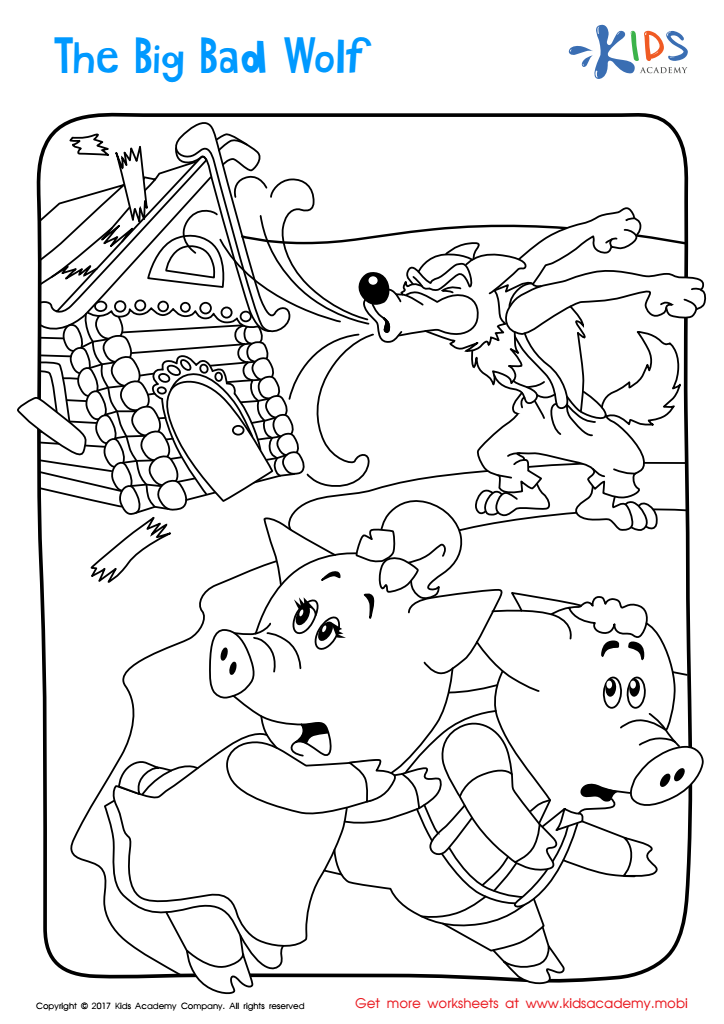

Big Bad Wolf Printable Coloring Page
Let your child have fun coloring the Big Bad Wolf blowing down the little pig's house! This printable coloring page introduces the classic tale, helping to develop reading comprehension skills.
Big Bad Wolf Printable Coloring Page
Worksheet
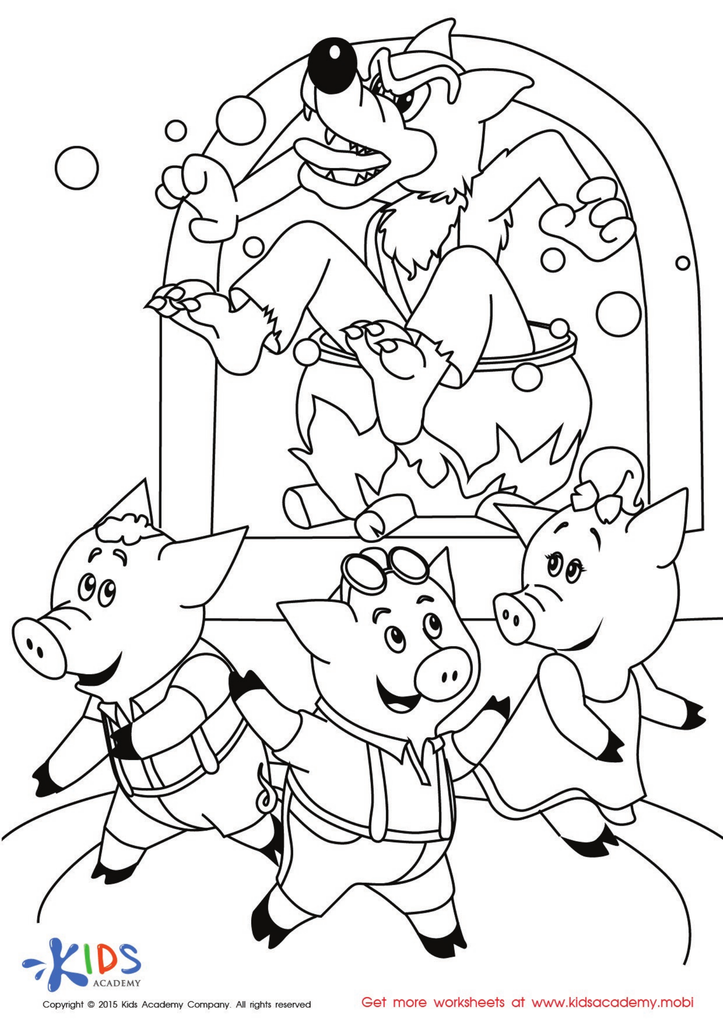

The Three Little Pigs and The Big Bad Wolf Printable
The Big Bad Wolf has learned his lesson: never bully little pigs! This free printable worksheet shows him falling into boiling water, while the three little pigs are safe and happy. Let your kids bring this scene to life by coloring it in whatever way they like. When they're done, ask them if they think the Big Bad Wolf will ever return.
The Three Little Pigs and The Big Bad Wolf Printable
Worksheet
 Assign to the classroom
Assign to the classroom

